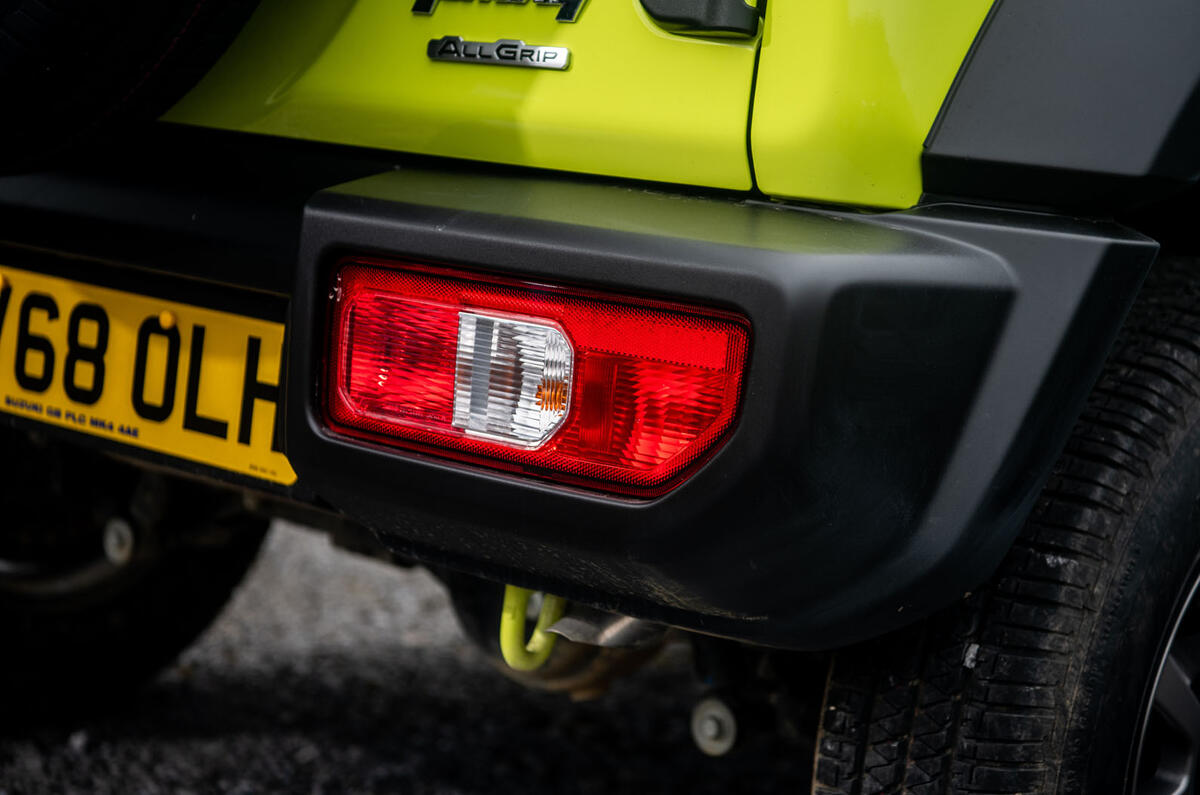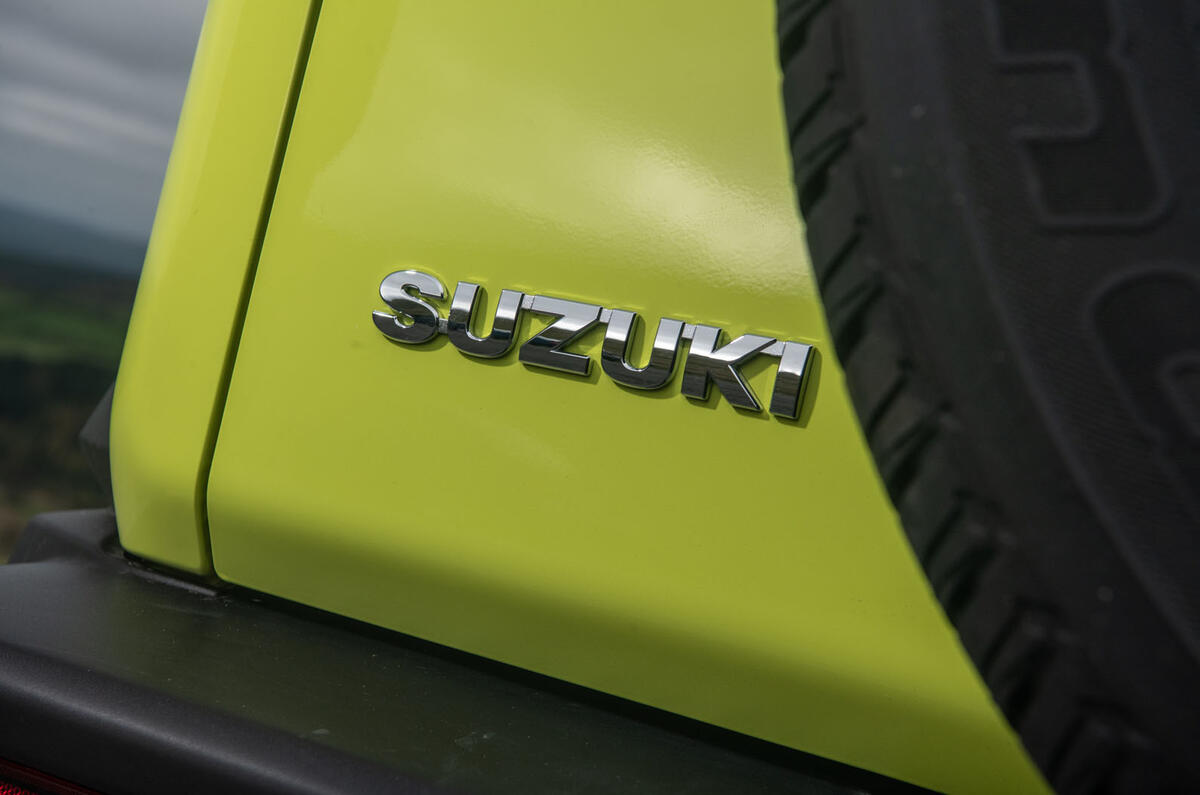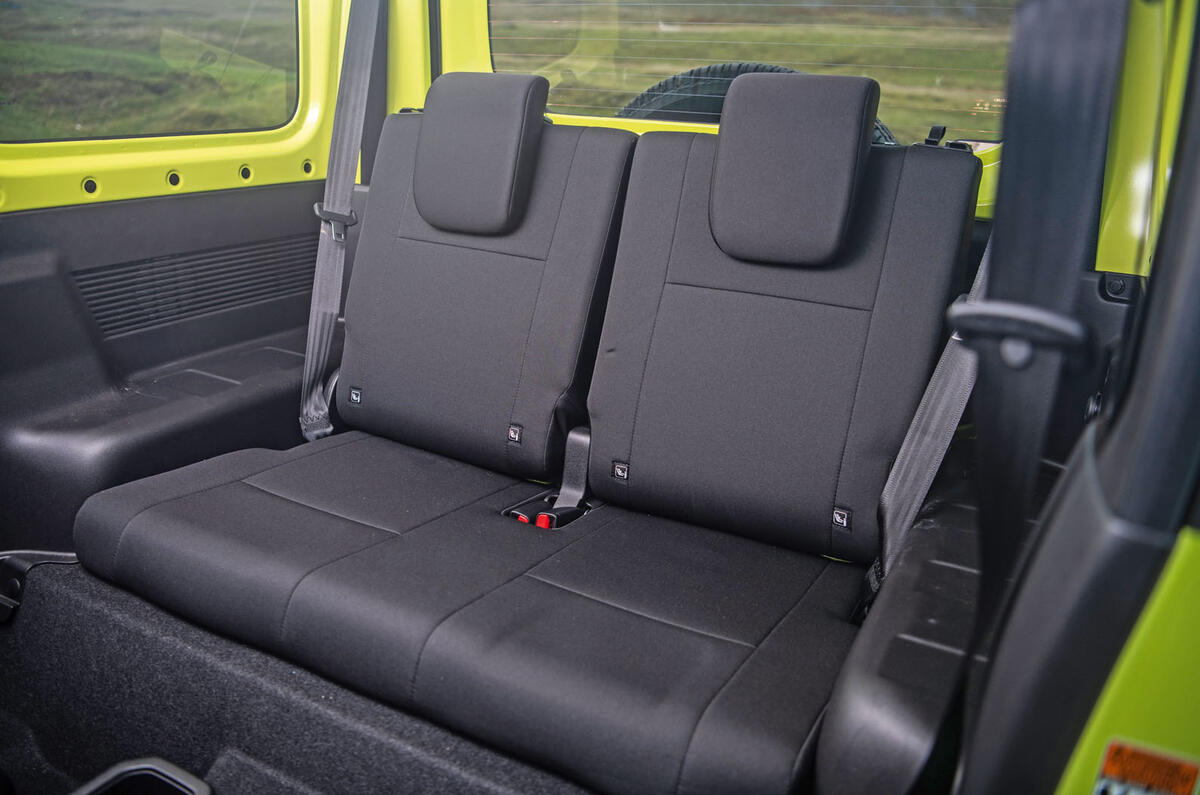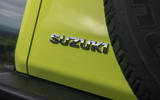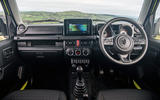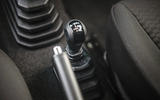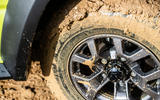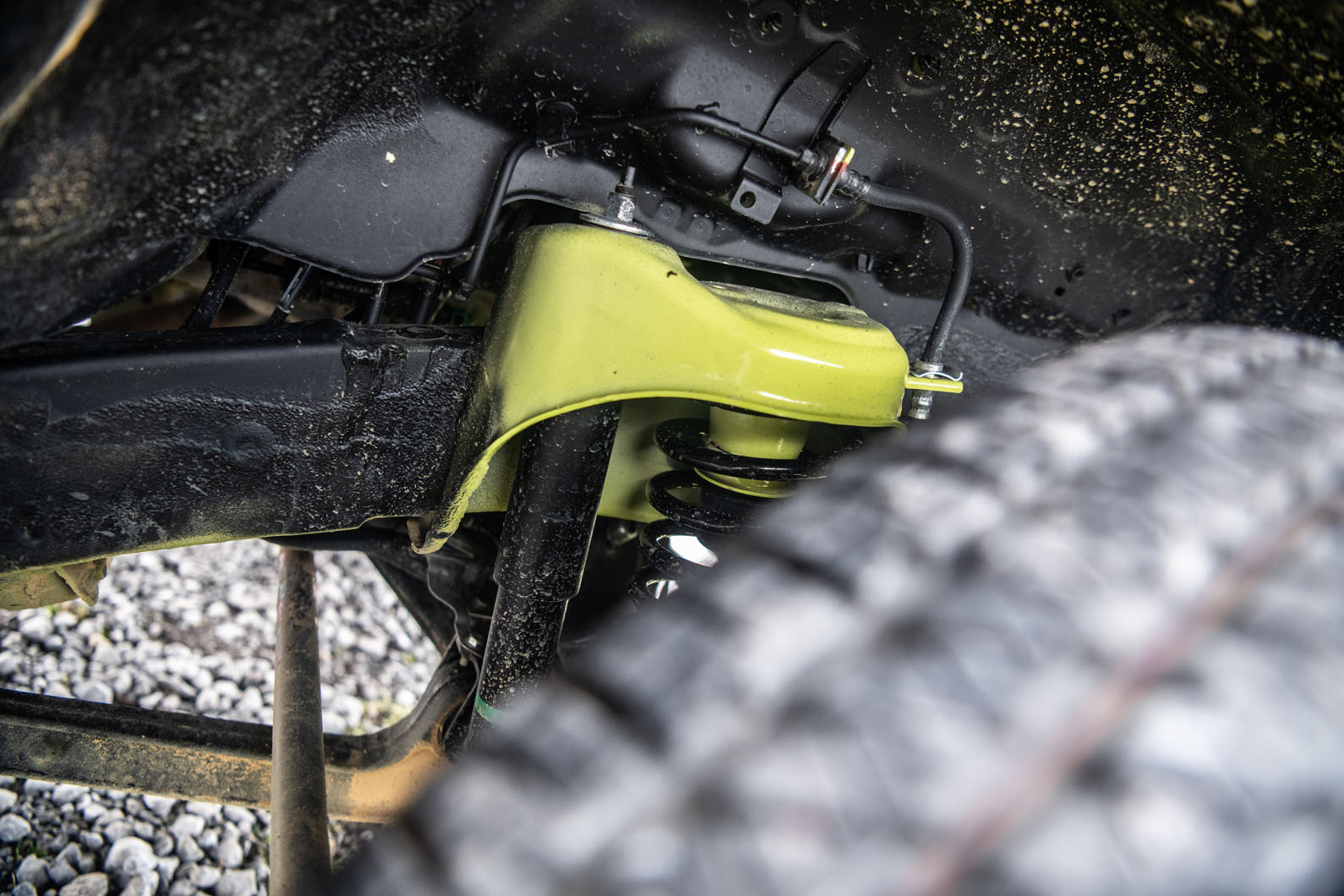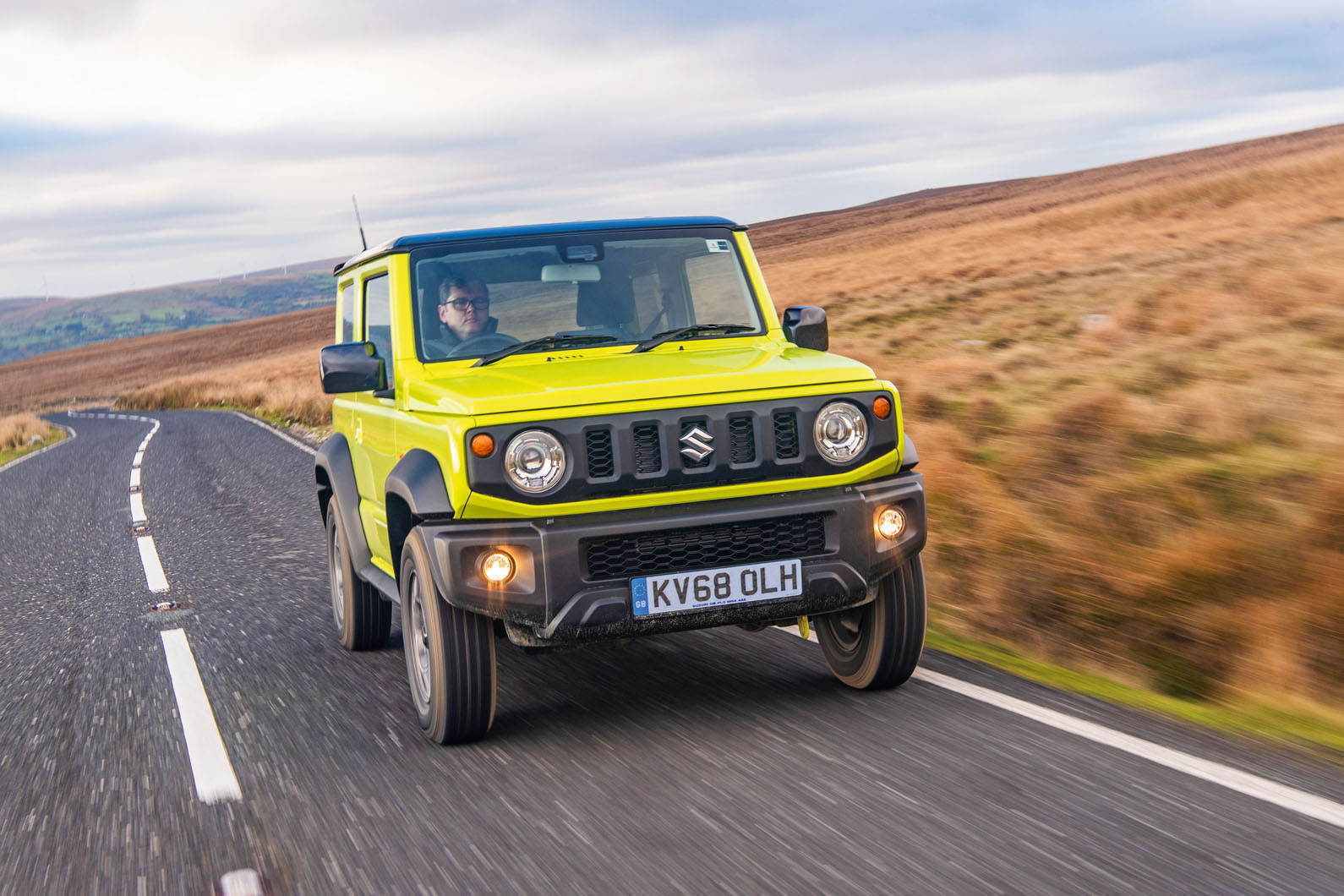Used car prices can fluctuate regularly, but quirky models that have a real cult following tend to hold their value well or even increase in value over time.
This fact is epitomised by the fourth-generation Suzuki Jimny, a character-packed compact off-roader that has already gained modern classic status. We think it’s worthy of investment as soon as possible, considering how prices have trickled upwards since its launch in 2018.
Due to limited supply and a short lifespan in the UK (the passenger car version was sold here for only two years and the van was pulled in 2024), the Mk4 Jimny is effectively a collector’s item. The classifieds are packed full of cars costing anywhere between £21k and £50k, depending on age and condition.
Why spend over the odds on a Jimny, though, when the Dacia Duster and Fiat Panda both offer 4x4 capability at cheaper prices? Well, while those are solid alternatives, Japan’s baby Jeep has to be at the top of your wishlist for its combination of a brilliant go-anywhere attitude and sweet, retro-inspired looks.
Thanks to its four-wheel drive system, low-range gearbox and Toyota Land Cruiser-rivalling breakover and departure angles, the Jimny is more than comfortable with being taken off the beaten track.













